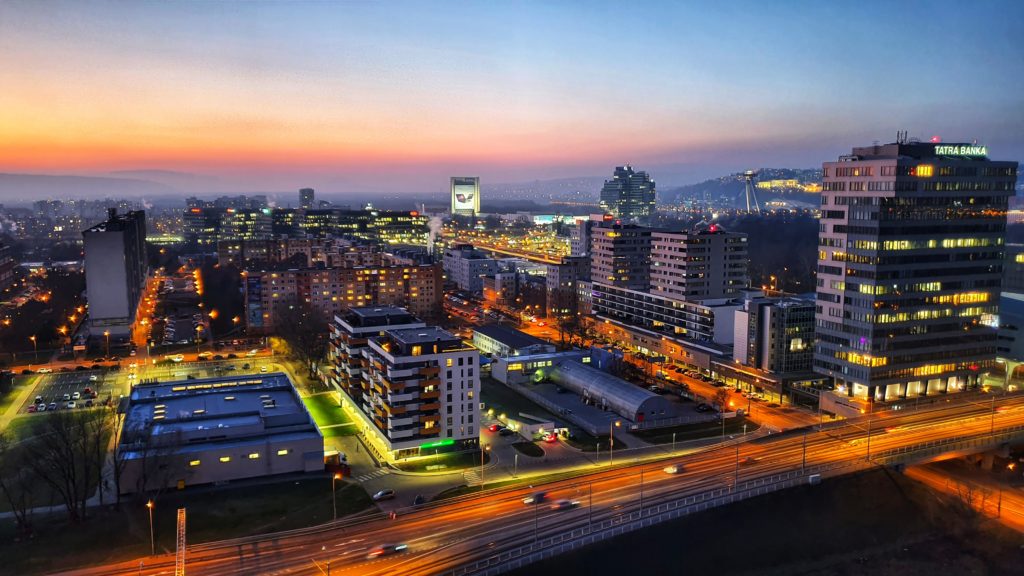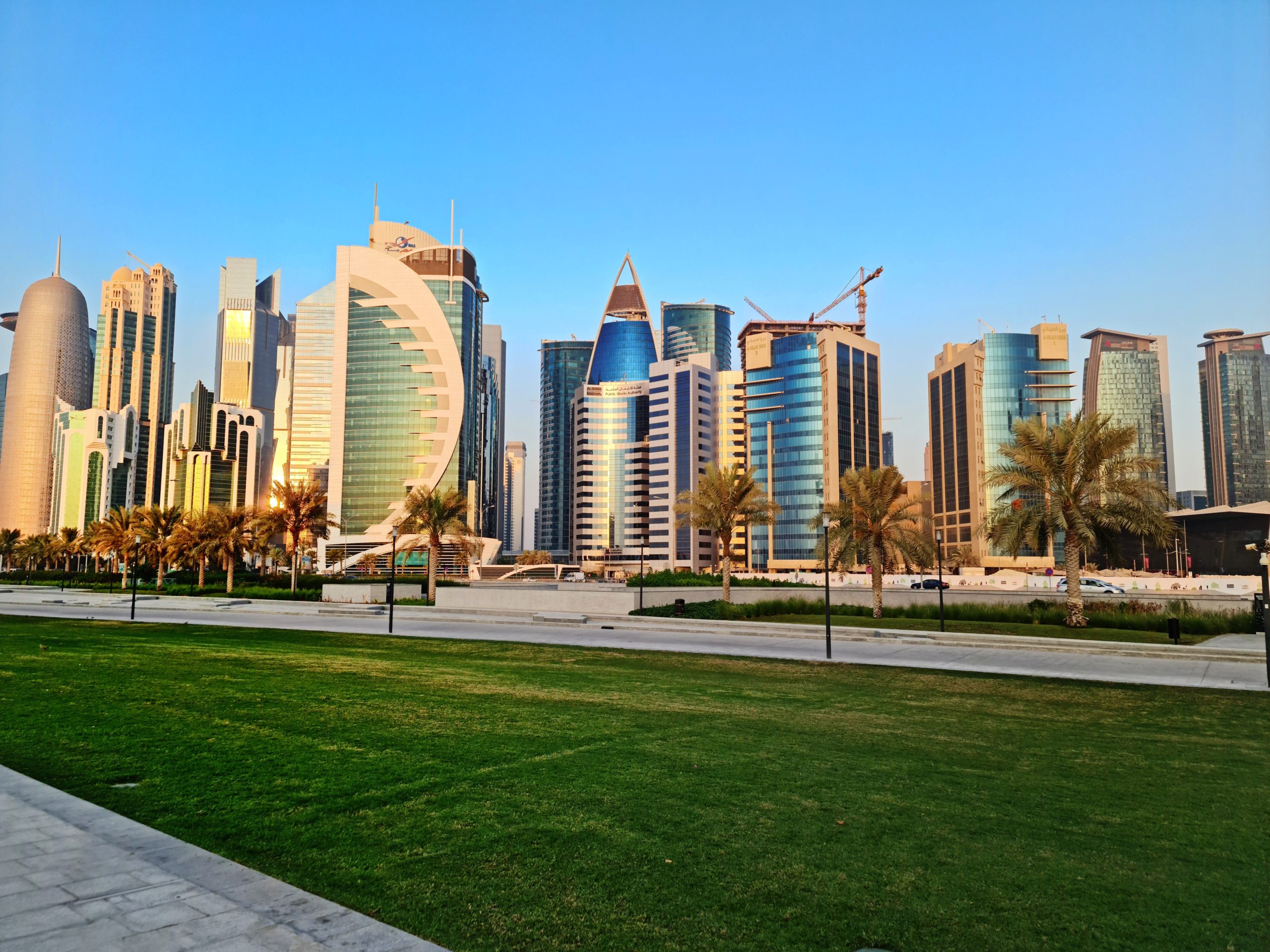A nation in Central Europe is Slovakia. Five countries encircle it: Ukraine, Hungary, Austria, the Czech Republic, and Poland. Since Slovakia’s transition from a centrally managed economy to a market-oriented economy, the country’s economy has substantially changed. When combined with the government’s 2000 implementation of austerity measures, Slovakia’s unemployment rate dropped significantly from 19.8% in 2001 to only 7.5% in 2018. In addition, the decline in inflation from 12% in 2000 to 1.3% in 2017 is a sign of economic growth. The Slovakian economy’s expansion is also indicated by the budgetary deficit’s decline to €1.22 billion in 2018. Slovakia is regarded as a sophisticated economy with high wealth. The majority of industries have now been privatized after the nation suffered a difficult transition to a market economy following the restoration of democracy. However, there are considerable regional disparities in wealth and employment. The majority of people in the nation are ethnic Slovaks, who are categorized as western Slavs together with the Czechs and Poles. Significant minority communities include the Hungarian, Czech, Roma, and Ukrainian populations. The nation’s constitution guarantees religious freedom, and the vast majority of Slovaks identify as Roman Catholics. The country’s citizens have access to free public education, universal health care, and one of the most generous paid parental leave programs among OECD members. Folk traditions are still ingrained in the people of the nation and are visible in the arts and architecture.

Slovakia’s largest industries
The following are the major industries in Slovakia:
Agriculture
Slovakia’s agriculture sector is underdeveloped. In addition, its GDP contribution has declined over time, falling from 6.9% in 1993 to only 3.3% today. Nevertheless, 2.8% of Slovakia’s workforce is employed in this area. Most of the time, tractors and combines are used by farmers to cultivate their crops. Over one million hectares of Slovakia’s land were under cultivation in 2003, or 33% of the country’s total land area. Slovakia grows barley, potatoes, wheat, corn, rye, and sugar beets among other crops. On the other side, barley, hops, seed oil, fruits, and grapes are the only crops grown expressly for export.
Mining
Slovakia’s mountainous regions contain the majority of the country’s mineral resources. Lead, coal, iron, copper, dolomite, cement, aluminum, gold, natural gas, nuclear fuel, and zinc are a few of these minerals. Due to the growing demand from Slovakia’s trading partners, the demand for minerals increased in 2010. As a result, the output for that year showed an increase in the mining of ferrosilicon by 640%, gold by 54.3%, copper by 35.3%, pig iron by 20.9%, and primary aluminum by 8.9%. However, there was a decline in the mining of dolomite, cement, and coal.
Sector of services
Slovakia’s services industry, which employs 60.8% of the workforce, clearly makes a significant contribution to the GDP of the nation. Real estate and trade dominate the industry. Over time, the services sector has experienced remarkable growth. The services sector, which includes the tourism industry, saw revenue of USD 1.2 billion in 2005, up from USD 640 million in 2001. Although the sector is still striving to expand, the rising income suggests it will eventually contribute more to Slovakia’s economy.
Sectors for automobiles and electronics
There are 2,600 industrial firms in Slovakia, according to the Bureau of Statistics. 250,000 people are employed by these businesses both directly and indirectly. The automotive industry in Slovakia accounts for 44% of industrial exports and generates revenues of €26 billion. Volkswagen Slovakia (2017 sales of €7.6 billion), PSA Peugeot Citron Slovakia ($5.51 billion), and KIA Motors Slovakia ($5.56 billion) are a few of Slovakia’s automakers. Over 21 years have passed since Volkswagen Slovakia began operations in Slovakia.







